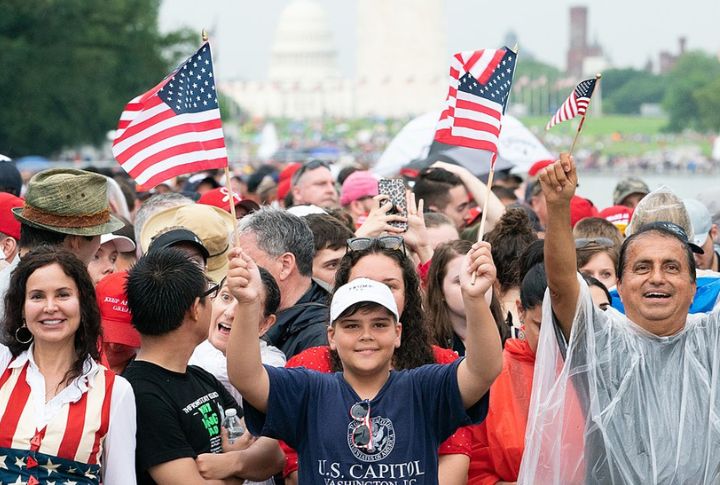
Parades have always been powerful symbols. When soldiers march and tanks rumble through city streets, they turn a moment into a message. These military parades captured the spirit of their times—celebrating triumph, projecting strength, and offering the public a front-row seat to history in motion.
The Grand Review Of The Armies (1865)
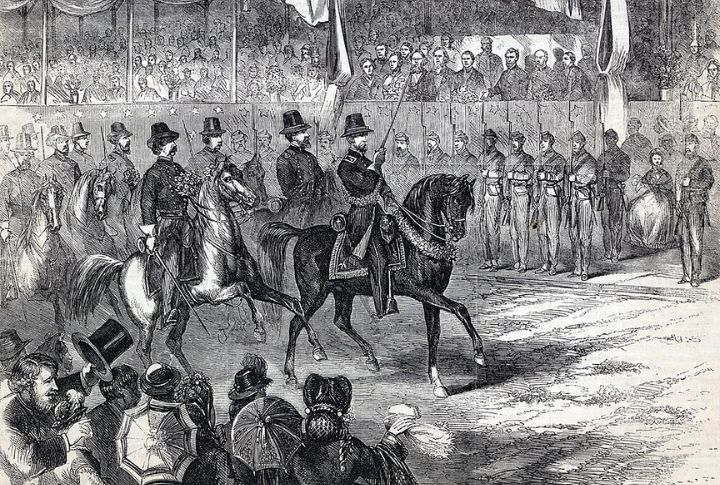
In May 1865, more than 150,000 Union soldiers marched proudly through Washington, D.C. It was a moment of healing, following Lincoln’s assassination. President Andrew Johnson and General Grant watched from a stand as the Army of the Potomac and Sherman’s troops reunited a grieving nation.
Victory Parade For World War I Troops In New York (1919)

You’d think New York was throwing a block party for giants. In 1919, Fifth Avenue overflowed with cheering crowds, falling confetti, and over 25,000 troops fresh from Europe. General Pershing led the way, flanked by tanks and planes. War tech had just gone public, and Manhattan was here for it.
World War II Victory Parade In New York City (1946)
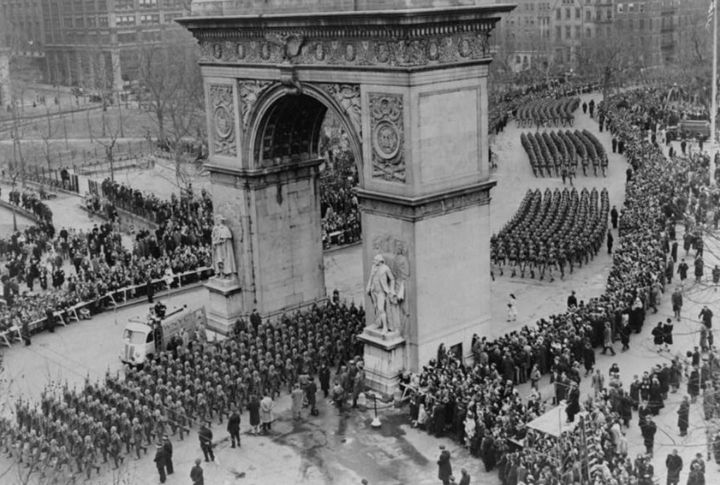
The 82nd Airborne Division led nearly 13,000 troops through Manhattan in a postwar celebration. General Eisenhower served as grand marshal, representing Allied triumph. As the U.S. transitioned to peacetime, this march also honored the troops who had fought across Europe and the Pacific.
1953 Eisenhower Inaugural Parade

Eisenhower’s first inauguration showcased Cold War muscle, with atomic cannons, guided missiles, and jet flyovers rumbling past the Capitol. Spectators watched as the Strategic Air Command and armored units rolled out in force. The message was clear: the U.S. was ready and technologically superior.
Operation Desert Storm Victory Parade In Washington, D.C. (1991)

Following the Gulf War, Washington, D.C., hosted a massive parade in June 1991. Over 8,000 service members marched down Constitution Avenue, joined by tanks, Patriot missiles, and military aircraft. President George H.W. Bush dubbed it a “National Victory Celebration” honoring the U.S.-led coalition’s swift success in liberating Kuwait.
Bicentennial Military Salute During The 1976 Independence Day Parade
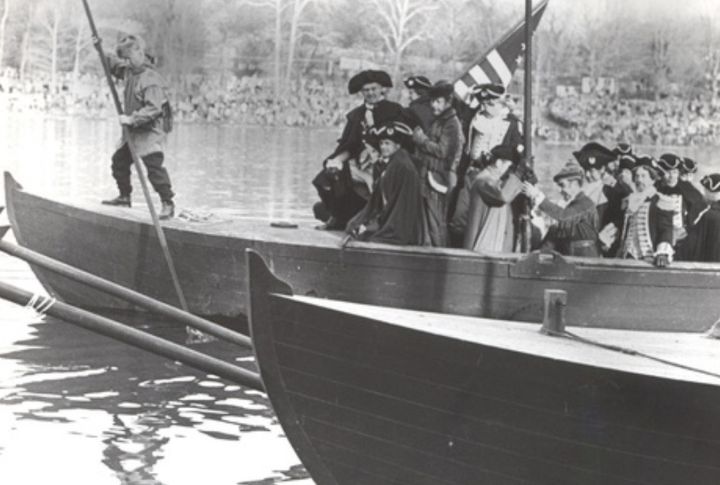
America turned 200, and the military brought out all the stops. Along the National Mall, Revolutionary War reenactors marched beside jet pilots, reminding the country how far it had come. Naval ships lined harbors, and flyovers painted the skies as patriotism pulsed through cheering crowds.
Korean War Armistice Commemoration Parade (1953)

Though there was no single grand event, Korean War veterans got the recognition they deserved in cities across America. Army and Marine units that had fought in brutal conditions at Inchon and Chosin marched through towns. It wasn’t flashy, but for many, it was the first real moment of thanks.
The 1961 Kennedy Inaugural Parade

At John F. Kennedy’s 1961 inauguration, Cold War tensions shaped the tone. The parade included missiles, radar equipment, and military units from various branches. Marching troops and high-tech floats emphasized national strength and readiness, setting the stage for a presidency defined by global confrontation and innovation.
National Victory Parade Proposals For Iraq War Veterans (2011) And Subsequent Events
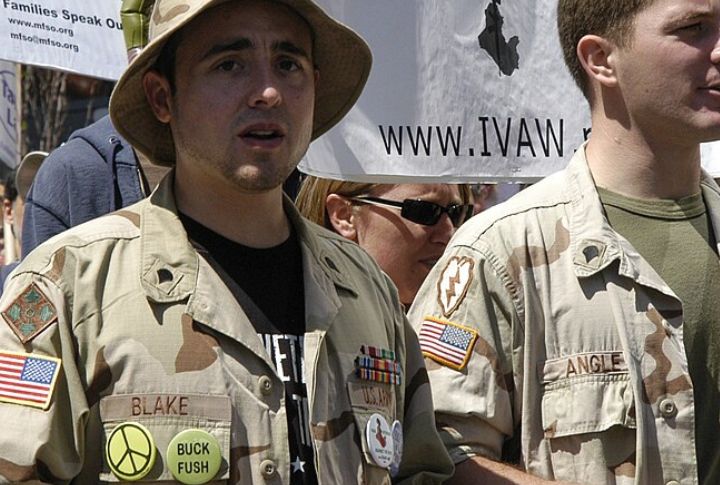
A national march never happened, but cities like St. Louis stepped up. Veterans marched past waving crowds, and flag-lined streets echoed with gratitude. These grassroots tributes sparked nationwide conversation: had America done enough to honor its post-9/11 heroes? For many, these events answered with a resounding yes.
Trump’s 2019 “Salute To America” Parade In Washington, D.C.

On July 4th, tanks rumbled onto the National Mall and fighter jets streaked across the sky. President Trump delivered a patriotic speech from the Lincoln Memorial, praising America’s military. While critics questioned the tone, thousands gathered to watch a parade unlike any other.

